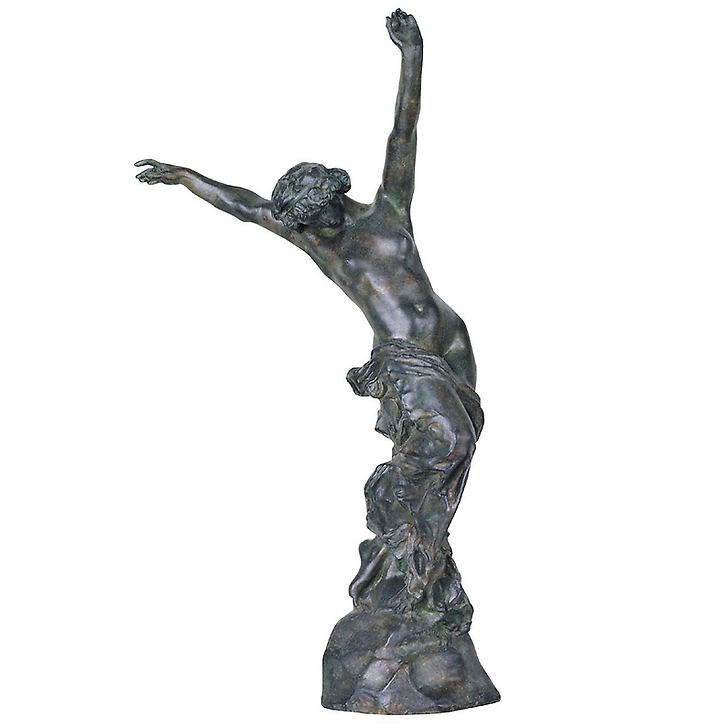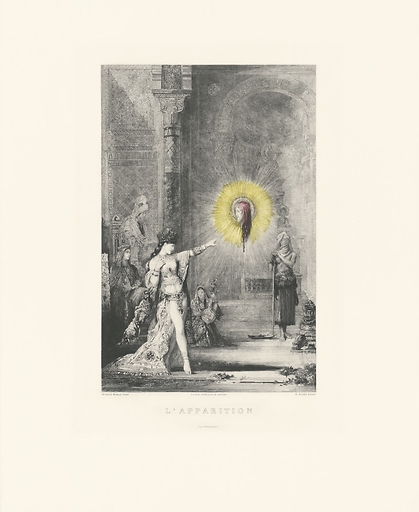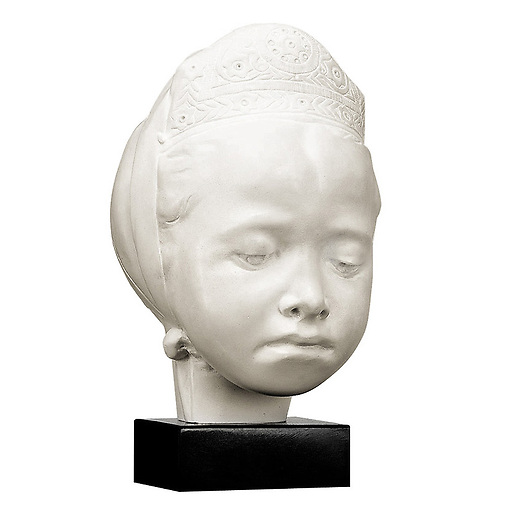Reproduction patinated by hand. Mold made from an imprint of the original work exhibited at Orsay museum.
Famous character of the New Testament, Salome is the daughter of Herodiade, which had married her late husband's brother, Herode the Tetrarch. Saint Jean Baptist, for whom such a marriage was unacceptable...
Read more
Reproduction patinated by hand. Mold made from an imprint of the original work exhibited at Orsay museum.
Famous character of the New Testament, Salome is the daughter of Herodiade, which had married her late husband's brother, Herode the Tetrarch. Saint Jean Baptist, for whom such a marriage was unacceptable, thus earned himself Hérodiade's resentment. One day, Herode gave a great feast. Salome danced and charmed everyone so well, that the host declared that she would be given whatever she desired.
Pushed by her mother, Salome asked for Jean Baptist's to be brought to her on a dish, immediately.
Jules Desbois belongs to this group of experts who, after an initial formation in province, arrive to Paris where they integrate Rodin's workshop to produce ornaments and to take part in the many commissions of the Master. Under the influence of Rodin, his personal work is full of movement and expression, as in this Salome, produced around 1912. The tormented drapery is due to wet draped fabric on the thighs, and to the bubbling at the base, to suggest better the speed of displacements and the instability of the figure. This part of the work is not unalike the Winged Victory of Samothrace. But contrary to the latter, the general movement is not so much forwards as upward, illustrating perfectly the tastes of the beginning of the century. One can feel the sensual bust, the tension of the body through the solid training in anatomy that the sculptors influenced by Rodin had to undergo.
Close








